As football season gets into gear, athletics departments and teams are ramping up their social and digital efforts in order to drive anticipation for the upcoming season and ticket sales. As I’ve watched the content come across my screen, a particular campaign from South Carolina stuck out to me—Here. The campaign isn’t just about football and the gameday experience; it’s bigger than that. The campaign is about the culture of the school and town, a retreat from the grind, the commonality that ties all Gamecocks together and the passion of the team and fans. Instead of just selling football tickets, South Carolina told their story. Ah, emotion:
In total, South Carolina released three promotional spots for the Here campaign, garnering more than 80,000 views on YouTube alone. And while it was the videos that originally caught my attention, the campaign is much broader than the promotional videos. The concept of Here ties nicely across all platforms– from social to traditional advertising– and all sports. Below is an example of their social elements:
There’s a lesson to be learned. As you look to build integrated campaigns, follow this golden rule: If you can boil down the idea and story to one sentence, one illustration or one simple phrase, then you have a winner.
The Here campaign is a great example of where athletics departments, professional teams and even leagues need to be headed as they look build integrated campaigns and content that will stand out from all the noise. Eric Nichols, the Associate AD/CMO for South Carolina Athletics, was kind enough to take some time to answer questions about South Carolina Athletics’ broader approach to storytelling and marketing, along with the Here campaign itself. There’s a lot to be learned from him, so enjoy:
Can you tell us about your current role at South Carolina?
I am the Associate AD/CMO for athletics with primary responsibilities of managing our brand, driving revenue through ticket sales and promoting attendance. I also manage our digital and social media department, the relationship with IMG, IMG-Learfield Ticket Solutions, merchandise sales and licensing.
With the rise of social and digital, how was your role and vision changed over the years?
I have always been a digital guy and actually cut my teeth with email marketing in the early 2000s. Therefore, I have laser focused on delivering our messages and content directly to our fans. Our strategies have changed with the maturation of the platforms in that we are not nearly as focused on growth as we are on engagement.
We hired a position dedicated to social media in 2009, which was relatively novel at the time. That position has evolved over time as the demands and opportunities in the social media space have increased.
Can you talk about your staff structure?
We currently have four full time staff in our Gamecock Productions department plus a host of student interns. GP is responsible for all coach’s shows, videoboard content and promotional content. With the launch of the SEC Network, we have made an investment on the live production side of the house and hired three new positions – Director of Live Production, Engineer and a broadcast graphics position. We have one person whose responsibility is to lead our strategic and educational efforts in social media with assistance from media relations and marketing.
Why is storytelling so important?
Especially in sports, the buying decision is not logical. There are many more tangible reasons to stay home and watch a game on the tube than to pay the skyrocketing prices of sports entertainment. Storytelling is emotional, and emotion is what drives action in sports.
At South Carolina, what type of stories are you trying to tell? And, what do you want to accomplish through your storytelling?
This season was the first year we told stories through our promotional campaigns, but our primary purpose is to deepen the relationship with the Gamecock brand. Our stories reflect the significant brand research we have done over the past year or so.
What’s your process for finding a good story on campus?
From an editorial perspective, telling stories has proven difficult at South Carolina. Only recently have we had someone on staff whose responsibility it is to go find the stories and tell them using whatever medium is most appropriate. Unfortunately the stories don’t just come to us but rather this new position has been and will continue to turn over every rock in order to find a good story to tell.
In order to stand out from the noise today, it’s important to understand your consumer and fan. How do you all gather consumer / fan insight so you can produce what they’re looking for?
Two ways: We ask and we listen. We partnered with our Moore School of Business for a brand research study, which produced the brand attributes we lean on heavily every day. That study gives us a baseline, but with social media we pay close attention to all conversations and are able to gather sentiment on a particular piece’s success or failure really quickly. Fans are not shy about sharing opinions!
What types of videos resonate most with your audience?
This has been a bit of a debate within the office. We draw a distinction between what is popular versus what is popular and drives home a message. Without question and well-done hype video will collect far more views than any other piece, but it “just” gets people excited. We want our fans to not only get excited but also to deepen their relationship with our programs.
Do you think we will see more off-the-field stories from schools, even on gameday? And, how can schools do a better job of telling their own story?
I would like to see the off-field stories told on gameday, but I haven’t heard of anyone doing that particularly well. As conference networks take shape and the ability to distribute content to an even wider audience continues, the pressures to produce human-interest stories significantly increase.
What would you say to someone on campus that doesn’t invest in video because of the “time” and “resources” it requires? Is it worth it?
I think there are horses for courses. As a department we value video, but personally, I don’t watch a ton (other than our own). I would rather see a photo than a video but that has more to do with the environment in which I consume my content (living room with family) than anything else.
However, neither a still camera nor video camera are cost prohibitive. With Photoshop and iMovie, the smallest budgets can produce engaging content. Today we are only limited by our creativity.
I love the Here campaign. Can you talk about the concept and vision for the videos and the broader campaign?
We are particularly proud of the Here campaign. The message is a different twist on a common message in our marketing efforts, which communicate that a live event is a special opportunity to create life long memories.
We conducted a significant amount of research to understand our brand in our fans’ minds. From the research we identified our key attributes. The Here campaign was our first opportunity to integrate them into a campaign. As for the broader vision, the intent is to utilize the campaign for all sports this academic year and potentially the next.
Were the videos produced and scripted in-house or did you work with an agency?
We are proud of this campaign because the work was done exclusively in house, with the exception of the voice over talent. Jonathan Hillyard in our Gamecock Productions department and I began putting the storyboards together in February. Our creative team drafted a number of “Here” statements that reflected our brand. From there we weaved them into a few distinct promotional spots.
I love that you all took a different approach to selling football tickets—it’s not a hype video or a “buy now” video. The campaign is a story that taps into the tradition and emotion of South Carolina. Why did you all take this approach?
We draw a distinction between getting people excited and getting people excited about attending a game live. As the guy responsible for filling our stadiums, I want that Gamecock fan to be excited and want to be here live. Fans are smarter than some give them credit for. Unless you are promoting a unique ticket package, the message is implied and one doesn’t need to hit them over the head with a sales message – they get it.
Can you talk about how the Here campaign was integrated across other channels and platforms? And, why is it important to create a cross-platform campaign.
With any campaign, we aim to be flexible across mediums and be applicable to multiple sports. A campaign doesn’t work if the message can’t be delivered on a billboard (not suggesting every campaign has to utilize outdoor – just that space is very limited). Since we started with chunks of copy, we easily translated them into outdoor and social media, and then we stacked a few common chunks together for the video and radio spots.
What we are most excited about is the adoption of the campaign across sports. The message was intentionally flexible enough to be utilized in a recruiting message as “here” was not defined necessarily as the physical location of the stadium but the entire campus and all of its offerings.
What other industries and brands do you draw inspiration from?
I follow a number of agencies and thought leaders on Twitter. I have always believed if we only draw inspiration from our own network (college athletics) we will be significantly limited. I can’t say there is one brand or industry that inspires me the most, but rather a collection of all of them.
Why is it important to step outside the “sports biz box”?
Because many of us regurgitate ideas, it is important to seek other avenues from which to draw inspiration. I use retail strategies from Walmart, to design ideas from Apple, to service ideas from Disney. I also draw inspiration from creative small businesses, like a local roofer who triggered an idea to be used in the future.
What’s the future of video and storytelling at South Carolina?
We want to produce content and tell stories on the level of ESPN’s E:60 franchise. We have a long way to go but those are great stories told great.
I would like to send a big “thank you” to Eric Nichols for taking the time to answer my questions. Be sure to give him a follow on Twitter (@EricNichols) and keep up with the South Carolina Gamecocks on social media here.
0
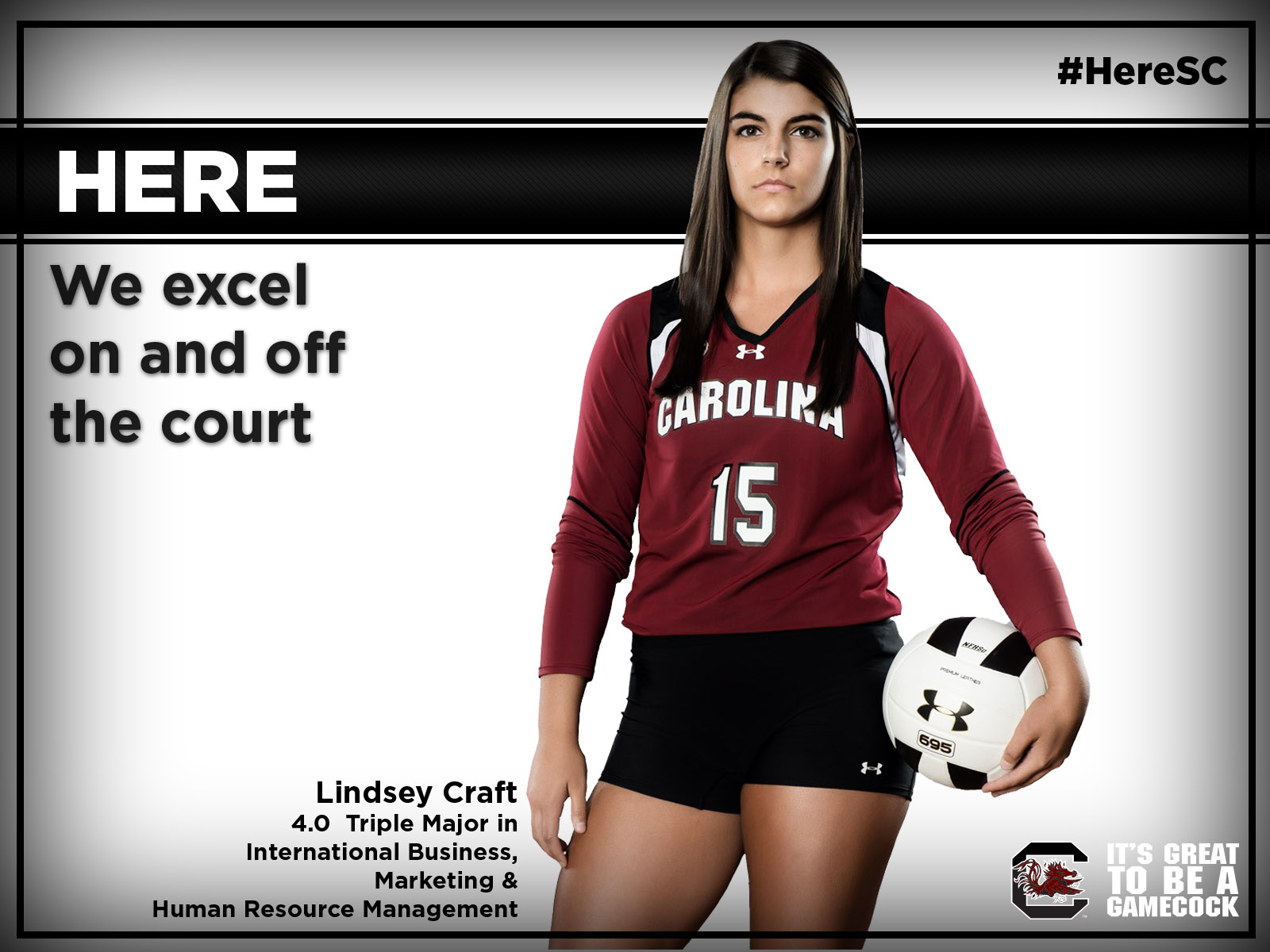
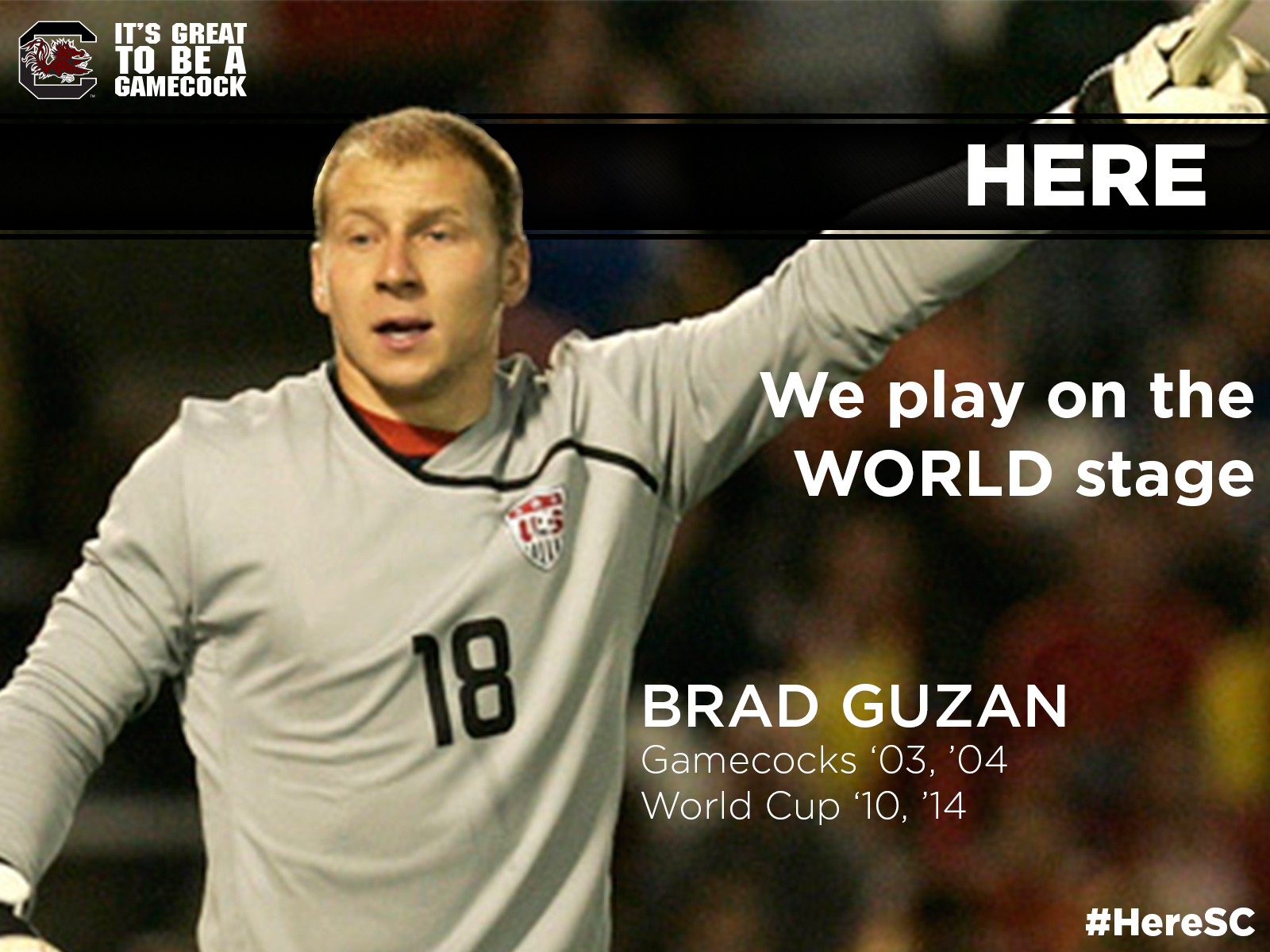
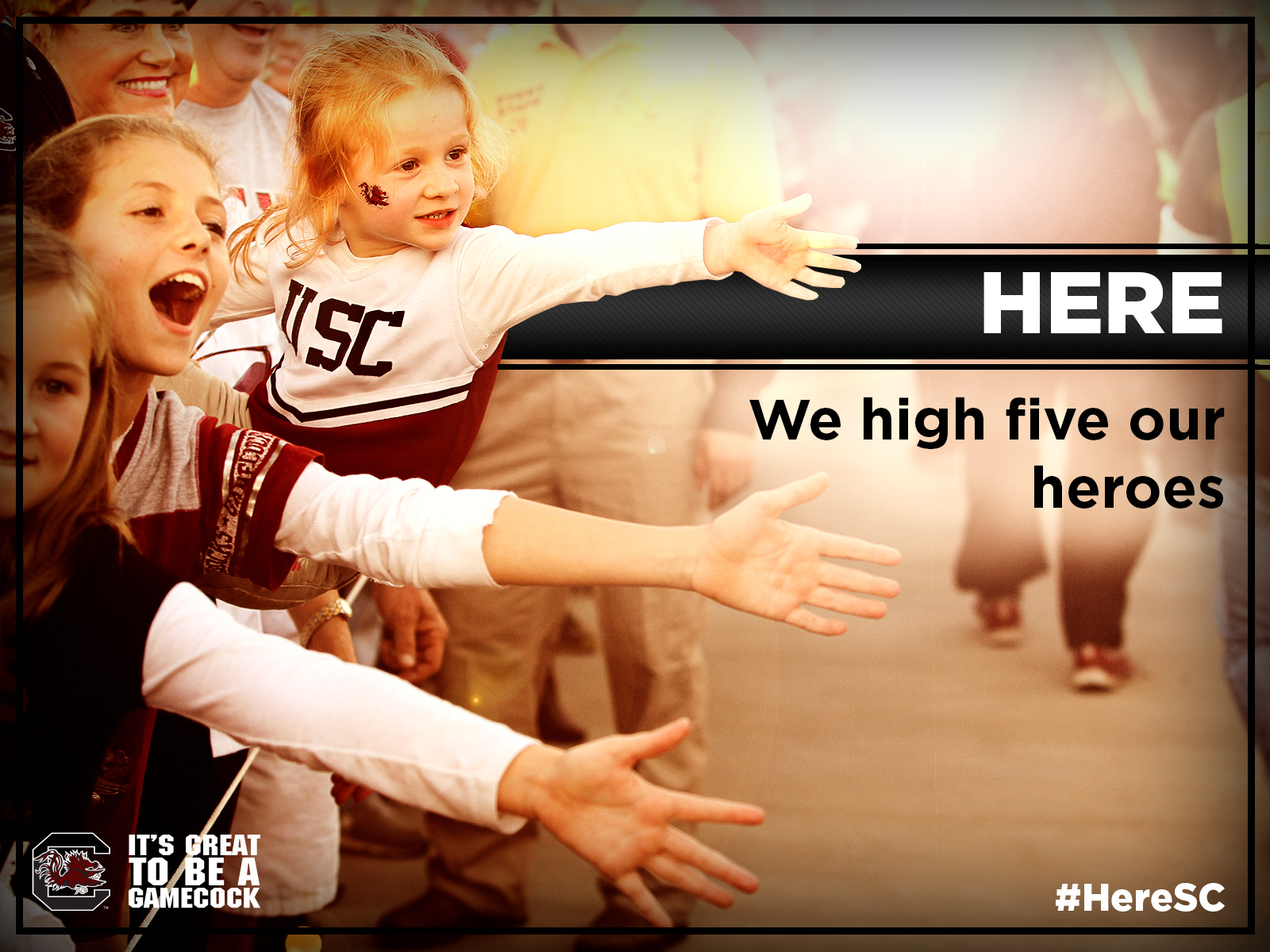
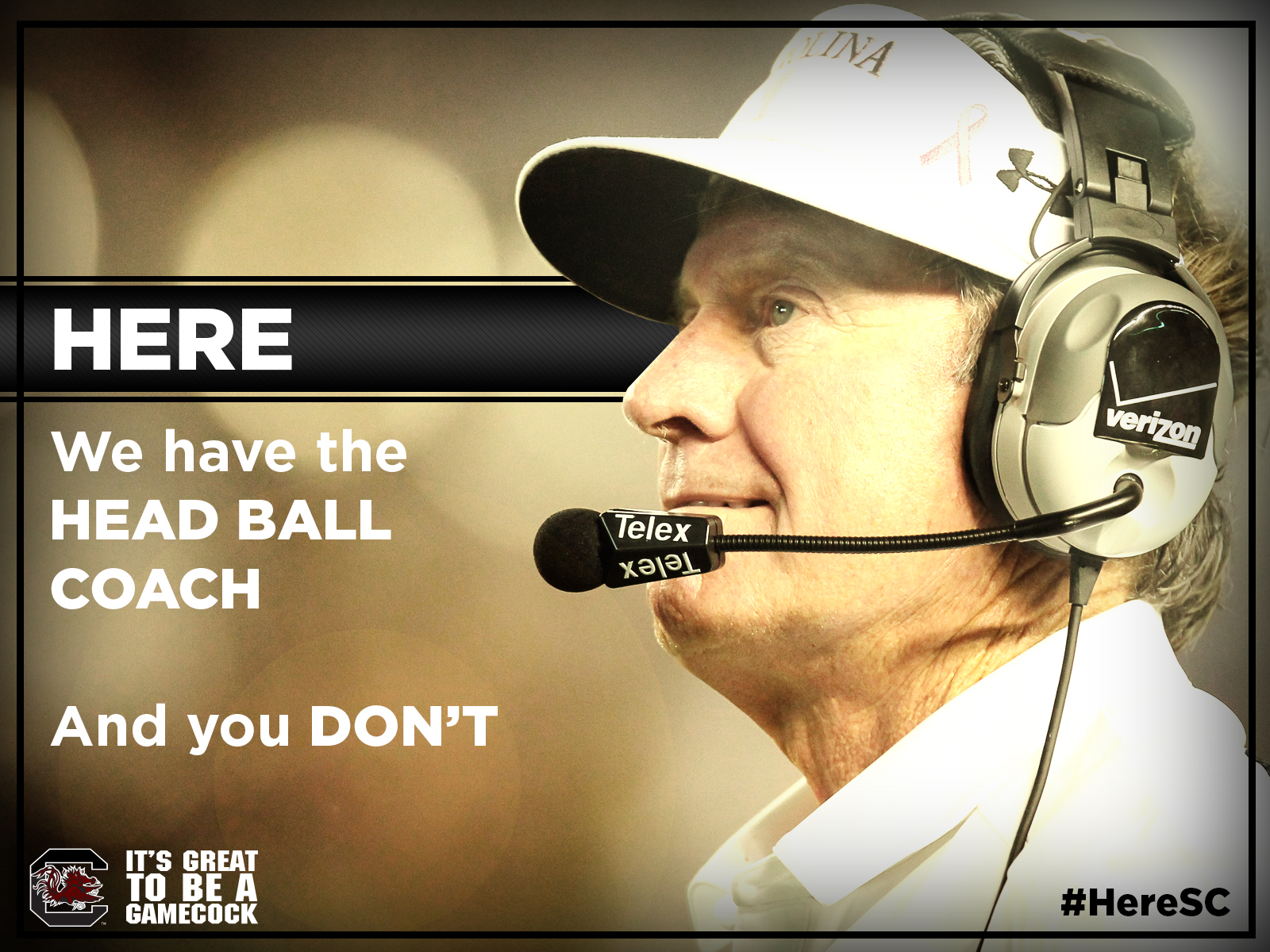
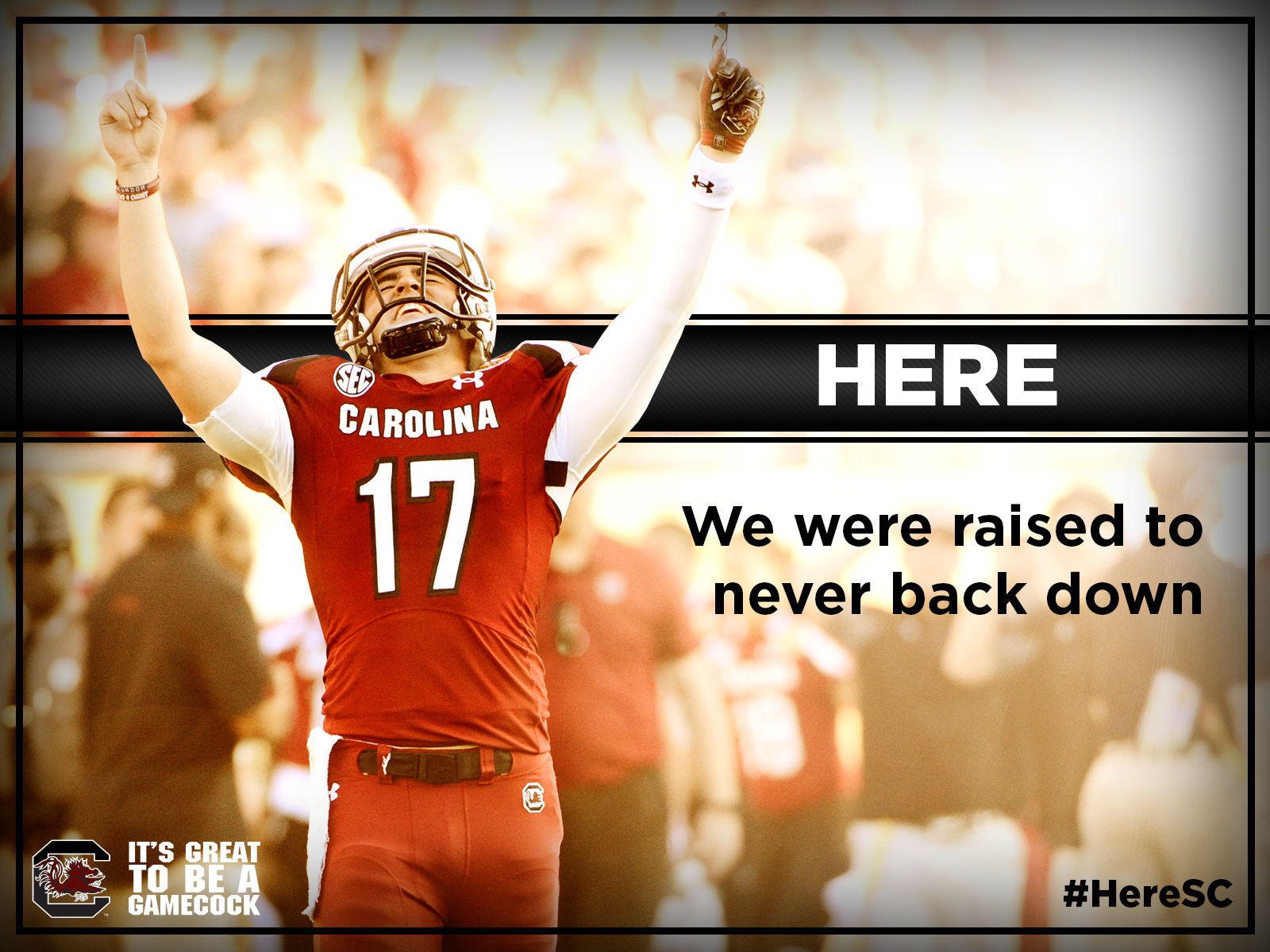
[…] was lucky enough to get insight on South Carolina’s “Here” campaign earlier this year from their CMO Eric Nichols. I’m a huge fan of the campaign, and this extension […]